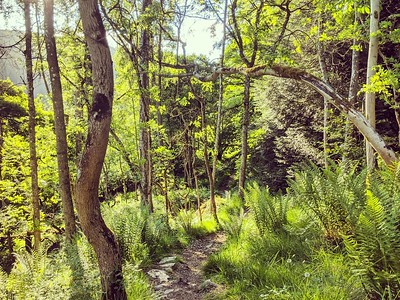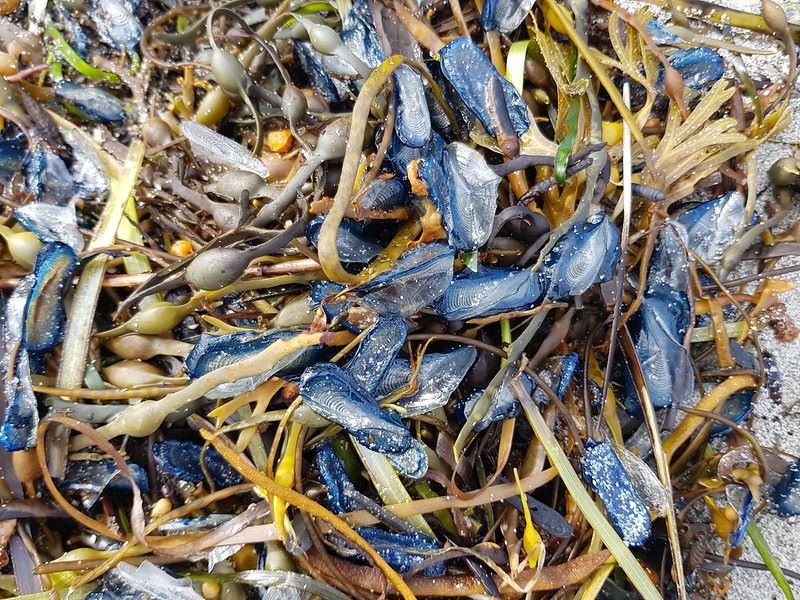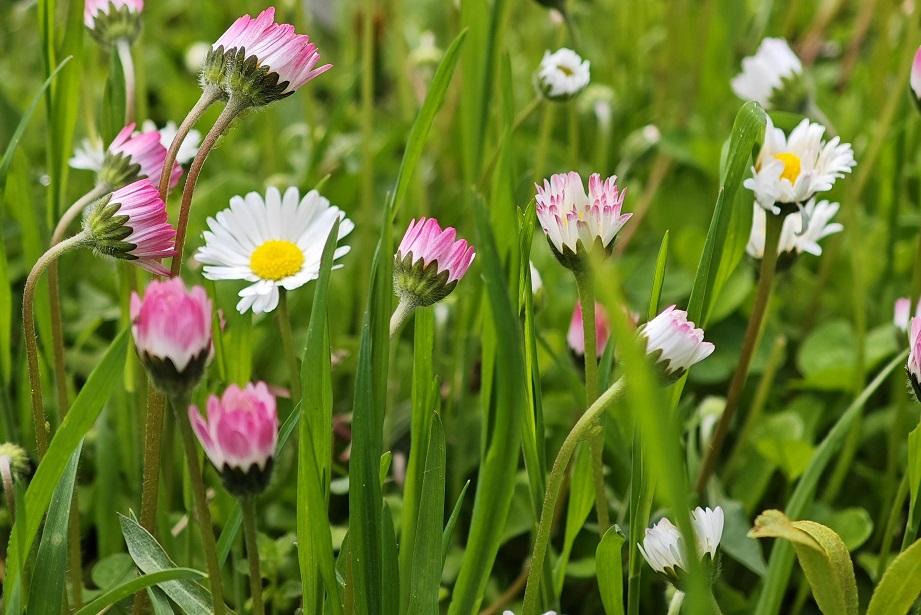NatureScot has today released the latest figures tracking the proportion of Scottish natural features in favourable or recovering condition.
The main findings show that, as of 31 March 2025, 75.2% of Scotland’s natural features on protected nature sites are either in, or recovering towards, a favourable condition. This figure represents a 3.8 percentage point increase since the baseline in 2005. There is a 0.3 percentage point decrease since last year (a difference of less than +/-1 percentage point from last year’s figure suggests that the position is more likely to be maintaining than showing any change).

The report draws on annual monitoring carried out by NatureScot of the condition of the 5,603 natural features across Scotland. As of 31 March 2025, 5,433 natural features were assessed and divided into three categories: habitats such as grasslands, woodlands and uplands (72.7% in favourable condition), species such as the evidence of seabirds breeding, presence of freshwater pearl mussels and number of vascular plant populations (72.5% in favourable condition) and earth sciences such as geographical outcrops and landforms, fossil beds and caves (94.4% in favourable condition).

Deterioration in the proportion of sites in favourable condition is the result of:
- New, repeated assessments for 64 features,
- 51 of which were previously favourable but were now found to be unfavourable, and
- 6 which were under management actions, but that management action is no longer thought to be sufficient to bring the feature into favourable condition. This can be due to new pressures being identified, for example.
- 7 features that were assessed for the first time and found to be in unfavourable condition.
This is in contrast to:
- 43 features with a new, repeat assessment which resulted in an improved condition,
- 7 features which were previously under management agreements or actions to improve the condition but have now been assessed as favourable (this has no impact on the headline indicator as those under management agreements or actions are considered to be in favourable condition for this statistic), and
- 3 features that were assessed for the first time and found to be in a favourable condition.

Other findings of note from the report include:
- 5 of the 8 habitat categories had a decline in the proportion of features in favourable condition between -0.3 percentage points (grassland) and -2.7 percentage points (woodlands). There was no change for coastal and marine features. Heath increased by +0.3 percentage points.
- 6 of the 10 species categories had no change in the proportion of features in favourable condition. Marine mammals had the largest decrease (3.4 percentage points), and birds had the largest increase (+0.3 percentage points).
- The natural feature types with the highest proportion in favourable condition were dragonflies (100%), marine habitats (96.2%) and earth science (94.4%).
- The natural feature types with the lowest proportion in favourable condition were woodlands (54.1%), marine mammals (58.6%), grasslands (67.7%) and birds (67.8%).
- Invasive species are the main reason for natural features being in unfavourable condition, representing 21.3% of all negative pressures, which is stable from last year. This category includes both native species such as bracken or nettles, and non-native species such as rhododendron or Japanese knotweed. Changes in management or removal of these species must be undertaken to promote recovery to favourable condition.
NatureScot are Scotland’s nature agency, working to improve our natural environment in Scotland and inspire everyone to care more about it. Learn more here.


